The electric year ahead: Every EV coming to Australia in 2023
This year is shaping up to be the biggest yet for electric vehicles.
About 30 new EVs will make it to Australia in 2030, widening the choices and technology available to buyers.
While Tesla has set the pace for EV new arrivals over the past couple of years, its dominant market share will come under pressure from the plethora of new arrivals.
There are also some big brands that have so far not dabbled in the EV space in Australia readying their first battery electric models. They include Toyota, Volkswagen, Ford and Subaru.
READ MORE: New EV electric car calendar
READ MORE: Every electric ute and pick-up coming soon!
READ MORE: Best EVs of 2022
We’ll also see some new brands landing in Australia throughout 2023, adding to the myriad offerings.
Audi e-Tron GT and RS e-Tron GT
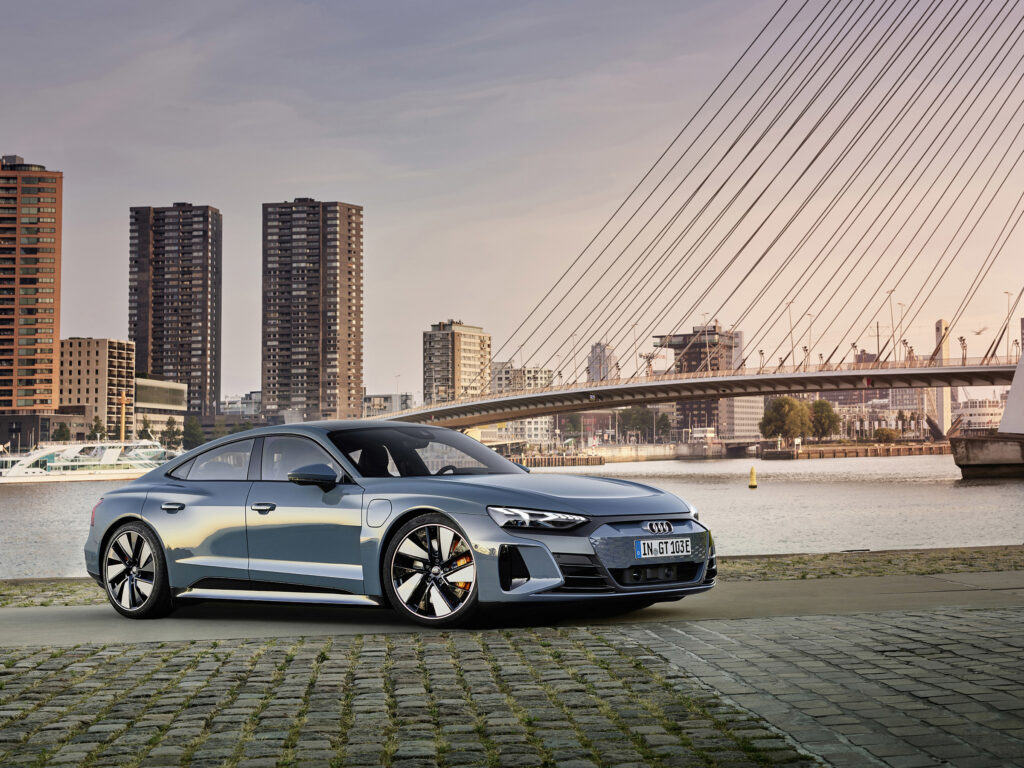
It won’t be cheap, but Audi’s e-Tron GT and its more potent RS e-Tron GT sibling promise big performance. Utilising the underpinnings of the Porsche Taycan, the e-Tron GT’s sleek four-door body has head-turning looks on its side. But it’s what’s beneath the skin that promises to tempt plenty of people out of the big-powered petrol engines that have dominated at this end of the market. Even in regular e-Tron GT guise (at $181,700 before on-road costs) there’s up to 390kW/640Nm to play with. Step up to the RS version ($from $249,700) and there’s a hefty 475kW/830Nm for 0-100km/h acceleration in 3.3 seconds. An 800V electrical system promises charging almost as fast as the acceleration. It arrives early in the year.
BMW iX1
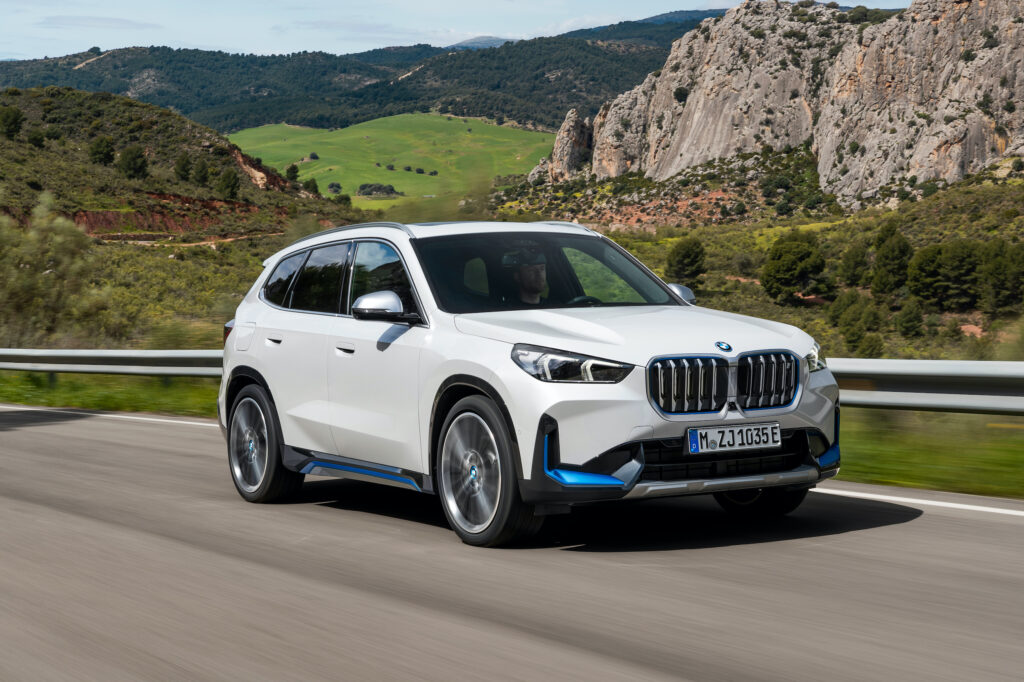
The recently-arrived X1 compact SUV will soon spawn an EV sibling in the form of the BMW iX1. Like the larger iX3, it shares a body and architecture with the petrol-powered models. A dual-motor all-wheel drive setup creates a combined 230kW and 494Nm for snappy acceleration (0-100km/h in 5.6 seconds). Priced from $82,900 before on-road costs, the iX1 also offers a claimed 438km of WLTP range. Expect to see it in dealerships by March.
BMW i7
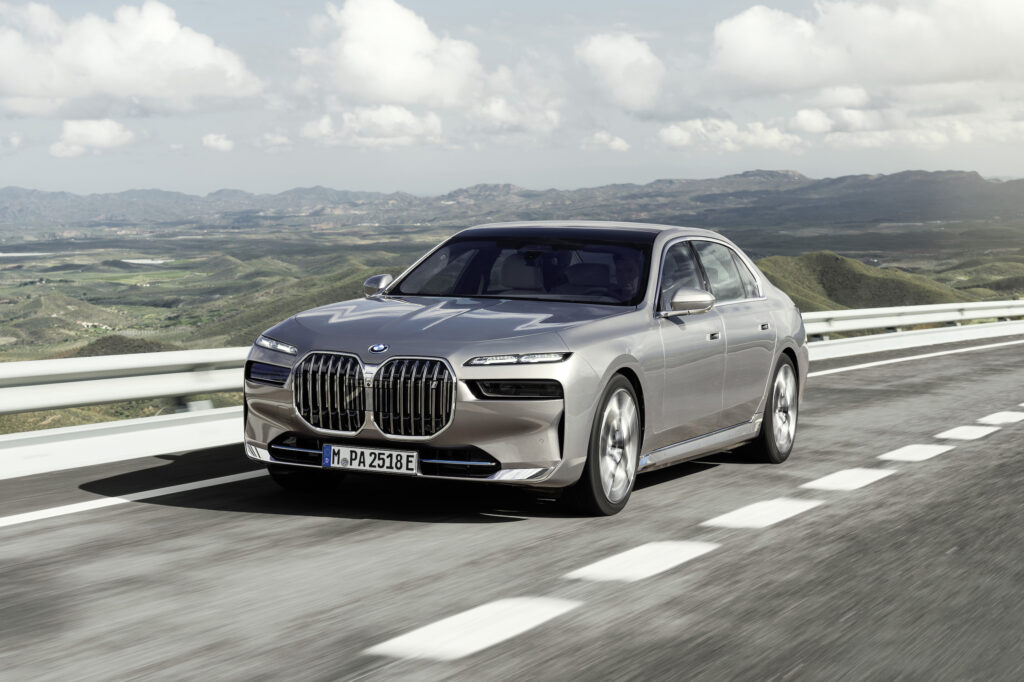
It’s all about tech and trinkets in the electric version of the 7-Series limousine. Badged the BMW i7, the lengthy four-door promises up to 625km of WLTP range and 400kW/745Nm from its dual electric motors. But it’s the tech and comfort inside that could be a drawcard for the i7. Rear seat occupants not only get sprawling legroom but also a gigantic 31.3-inch screen hanging from the roof and a 39-speaker Bowers and Wilkins audio system. The $297,900 plus on-roads price tag is about 10 percent more than the petrol-fed 7-Series.
BYD Dolphin

It won’t be the $30K EV screamer that was originally promised, but the BYD Dolphin is shaping up to be the most affordable EV on the market when it arrives in the second quarter of 2023. Expect pricing somewhere around $40K as well as a generous list of standard equipment, something on show in the BYD Atto 3 that is already on sale. The compact five-door hatch has undergone Australian-specific engineering changes to help it achieve local crash safety expectations, something that has delayed its arrival into the country. A single electric motor driving the front wheels promises modest performance. But given the early appeal of the Atto 3, the Dolphin could provide an affordable EV surprise for 2023. That’s if it’s called the Dolphin; importer EV Direct has previously suggested the name would change, although the company admits it is now open to keeping the Dolphin moniker.
BYD Seal
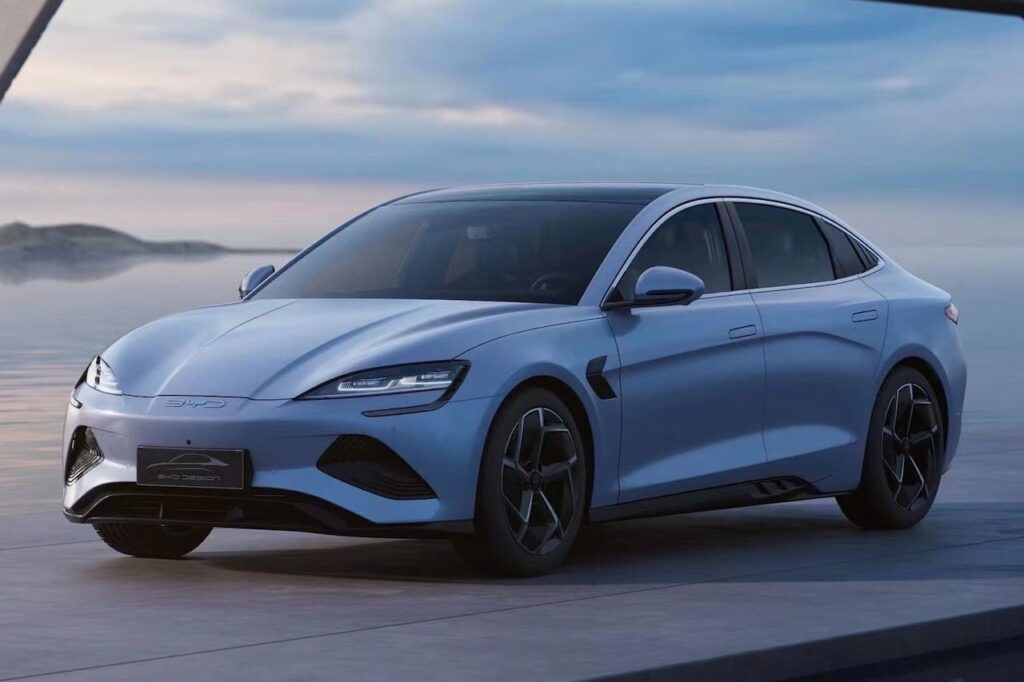
Look out Tesla, BYD has you in its crosshairs with the Seal. Lining up against the popular Tesla Model 3, the BYD Seal promises to deliver more for less, suggesting pricing somewhere around $60K. As with the Atto 3 and Dolphin, the Seal gets BYD’s in-house Blade battery pack. Also expect loads of gear as well as the choice of single-motor rear-wheel drive or dual-motor all-wheel drive.
Cupra Born
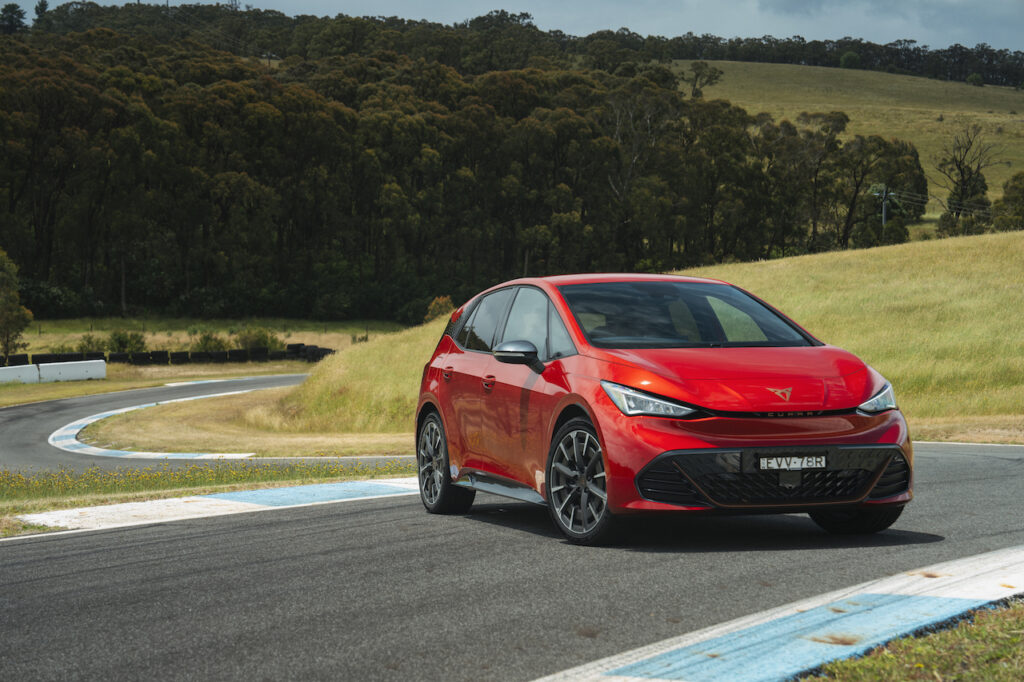
Newcomer Cupra has wasted no time getting its first EV to market, even beating parent company Volkswagen to the punch. The Cupra Born five-door hatchback is a sportier interpretation of the Volkswagen ID.3 and also includes a Boost mode to ram home its more enthusiastic driving demeanour. Priced from $59,990 before on-roads, the Born arrives mid-year with hopes of tempting some buyers out of the larger and more expensive Tesla Model 3.
Fiat 500e and Abarth 5003
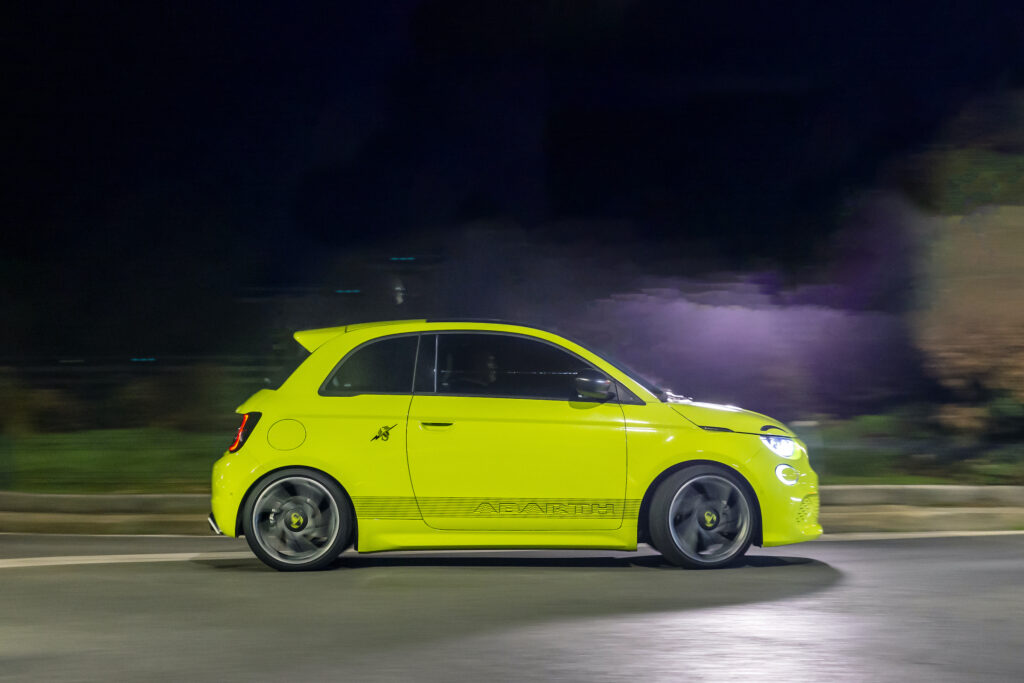
Fiat is set to unleash some pocket rocket EV excitement in the form of the Nuovo 500e. Sharing its retro-infused styling with the legendary Fiat 500, the 500e relies only on electricity. There’s also a performance model from sub-brand Abarth, which created the Abarth Nouvo 500e that gets a 114kW/235Nm electric motor driving the front wheels for 0-100km/h acceleration in 7.0 seconds. The low centre of gravity and wider tyres give it handling benefits over the petrol-powered models. The sporty design touches continue inside, too, with a flat-bottomed steering wheel and some classy finishes.
Ford E-Transit and E-Transit Custom

Ford is going big on EVs and its first electric model to arrive in Australia will certainly have size on its side. The large Transit van will add an “E” to its title and replace anything ICE with all things EV. A single electric motor drives the rear wheels and promises a no-compromise approach to van life, right down to its towing capability. EV range for the E-Transit isn’t outstanding, at 317km, although for suburban duties with daily charging it could still prove a handy work companion. Ford will also unleash the E-Transit Custom, which gets a smaller body and a circa 380km driving range.
Ford Mustang Mach-E
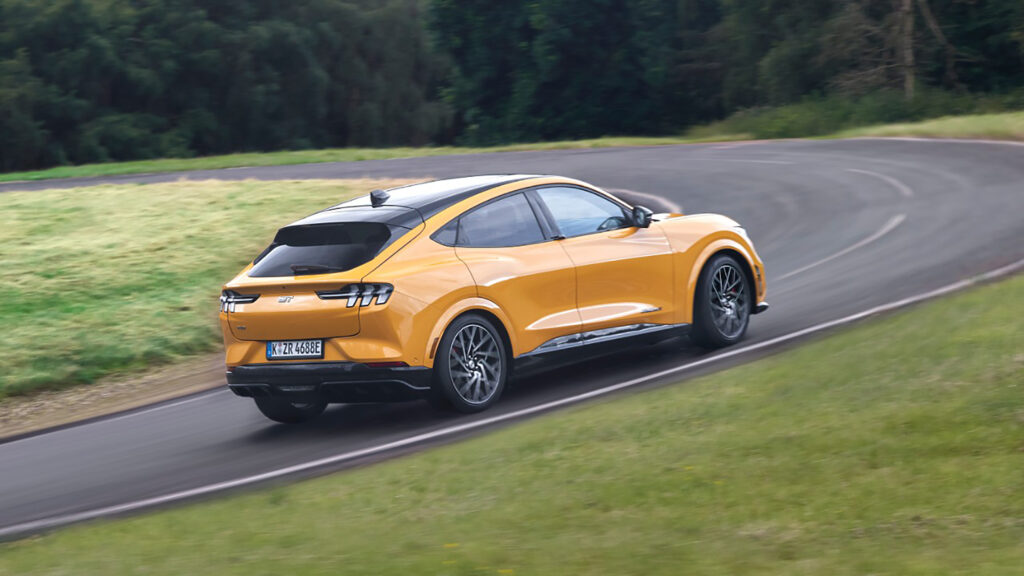
The Mach-E has long been on the radar for Australia and it appears to be getting closer in 2023, although it’ll arrive later in the year if it does (there’s a chance it’ll slip into 2024). While it borrows one of Ford’s most iconic nameplates, the Mach-E has nothing to do with the two-door sports car. For starters, it’s a mid-sized SUV with the Tesla Model Y in its crosshairs. And it sits on a dedicated EV architecture that maximises interior space.
GWM Ora
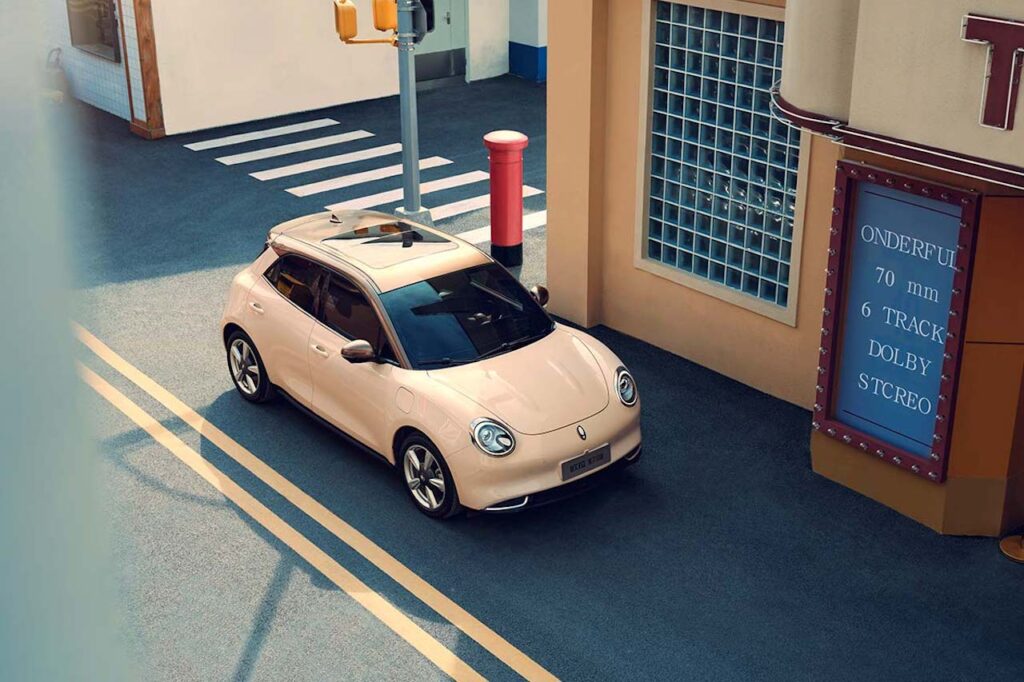
The most affordable of the upcoming Ora models is known as the Good Cat in its homeland of China. But in Australia it will drop that nomenclature and instead utilise the Ora sub-brand along with the more familiar GWM family name. Pricing is going to be a challenge for the little five-door hatch. Originally slated to come in around the $40K mark, it is now expected to land closer to $50K.
GWM Lightning Cat
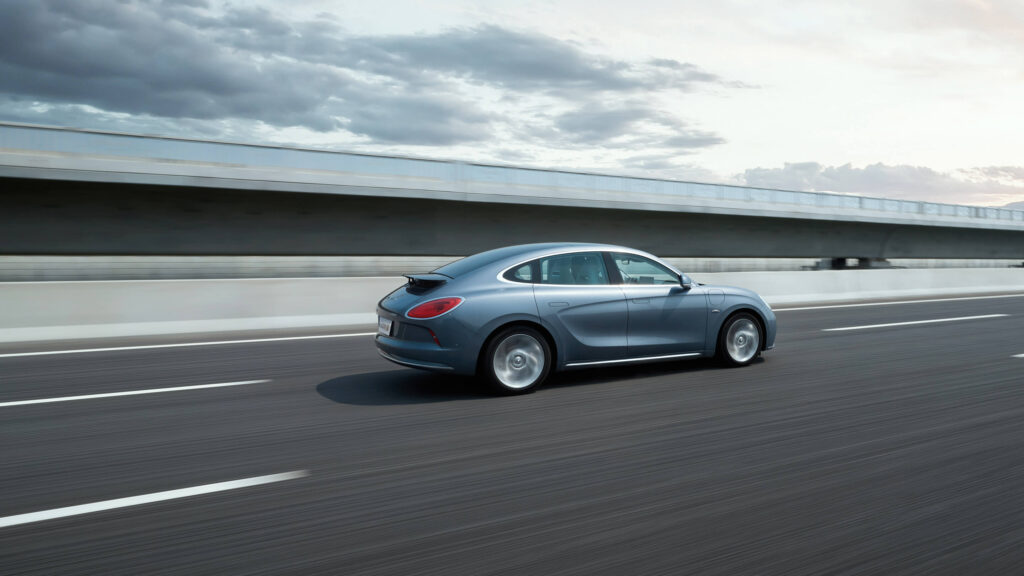
With design inspiration from the Porsche Panamera, the Lightning Cat (its name will likely change for Australia) promises more driving excitement, especially in top-of-the-range guise. Dual electric motors making 300kW promise plenty of zip and a tempting price tag to undercut the Tesla Model 3 could add to the spark. The design flair continues in the cabin with a prominent centre console and there’s a raft of driver assistance technologies. Expect to see the Lightning Cat here in the second half.
Hyundai Ioniq 5 N
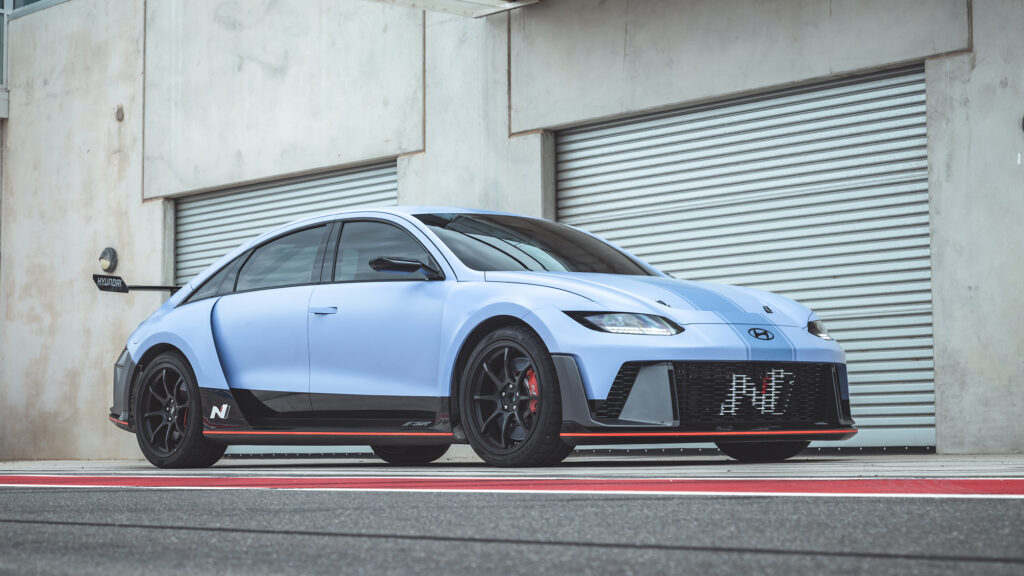
Getting hold of an Ioniq 5 has been quite the challenge due to supply shortages for Australia. But Hyundai says that will ease at least slightly for 2023. There will also be a heap more performance on offer when the Ioniq 5 N arrives late in the year. Hyundai teased the go-fast EV tech with its bonkers RN22e prototype, which gets a drift mode and lashings of race track DNA. But it’s the 430kW/740Nm coming from two electric motors that is one of the big appeals of the high performance electric SUV.
Hyundai Ioniq 6

Hyundai insists the Ioniq 6 is not a sedan (it’s a “streamliner”, apparently) but it’s difficult not to notice the parallels with the Tesla Model 3 that has boosted the fading popularity of sedans. Beneath the distinctive humpy shape is a familiar 800V electrical architecture that also resides underneath the Ioniq 5. Expect the tech, trinkets and pricing of the 6 to be similar to the 5, suggesting something starting around $70K when it arrives early in the year.
Hyundai Kona EV
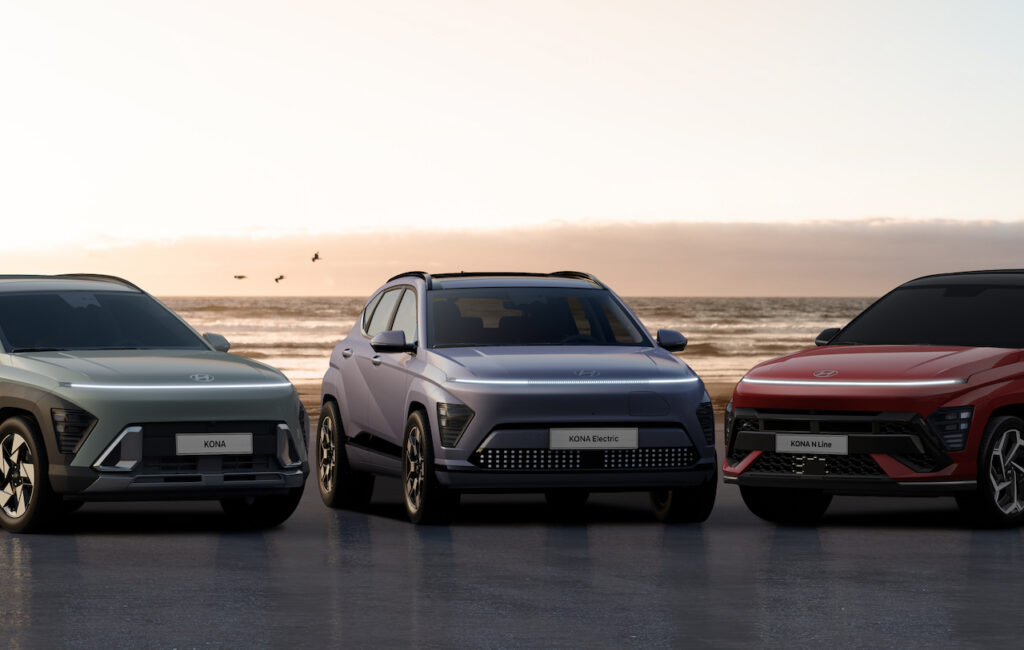
The new Kona compact SUV has just broken cover, revealing a far more modern machine with LED strip lights creating a distinctive look front and rear. It’s the Kona Electric that drove the design of the new compact SUV. ICE models should arrive mid-2023 with the EV due later in the year. Expect the new Kona EV to hover around the $55K start point of the current car.
Kia EV6 GT
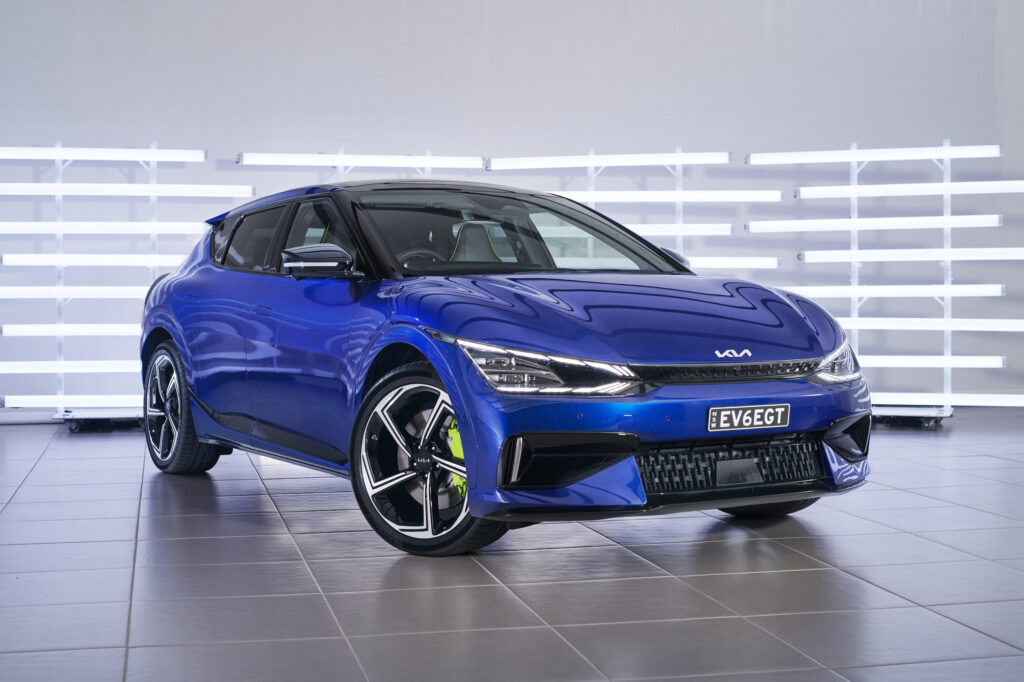
In dual-motor guise the Kia EV6 is an exciting EV – and arguably the best driving sub-$100K electric vehicle on the market. But that excitement is set to go up a level (or two) with the arrival of the EV6 GT. More potent electric motors create 430kW/740Nm and fiery acceleration. A drift mode and GT specific suspension and tyres promise to maximise the excitement. Priced from $99,590 before on-road costs it is shaping up to be something of a performance bargain. There will be a long list of gear, although the electric front seats have made way for more supportive buckets.
Lexus RZ450e
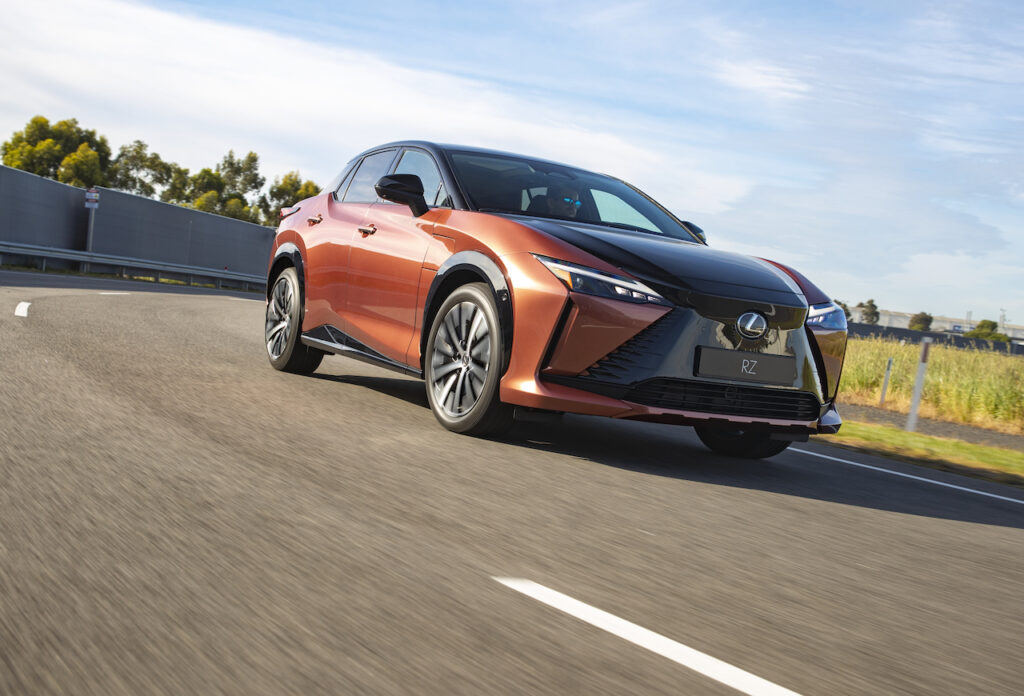
The first Lexus EV – the UX300e – was nothing to get excited about (buyers certainly didn’t), but the RZ450e is a very different beast. Rather than transforming an architecture designed for petrol, it starts from scratch, in turn positioning batteries, motors and humans in the optimal place. Underneath, it shares its basics with the Toyota bZ4X (and Subaru Solterra) although there will be the usual Lexus attention to detail with materials, as well as the option of a yoke-style steering wheel.
Mercedes-Benz EQE and EQE SUV
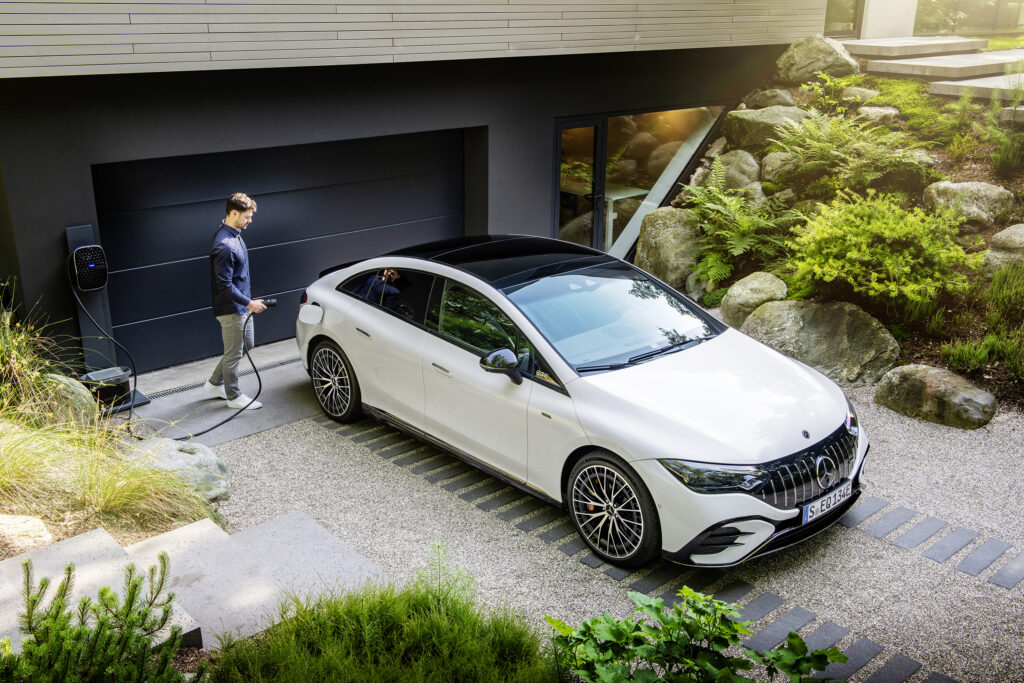
The electric alternative to the E-Class was delayed coming to Australia but touches down within months. Utilising the architecture and electrical system of the larger EQS, the Mercedes-Benz EQE should provide a tempting EV alternative for those chasing a sizeable luxury sedan. Expect pricing from around $160,000. There’s also an SUV version of the EQE heading our way, although with only five seats (many rivals offer seven) it won’t have the flexibility some families want.
Mercedes-Benz EQS SUV

Take the EV heart of the EQS limousine and inject it into a higher-riding body and you’re starting to grasp the Mercedes-Benz EQS SUV concept. It’s all about the luxury, starting with a heap of space and a body that provides seating for five or seven. All the performance and tech of the EQS is on display in its EV sibling, right down to the availability of the massive Hyperscreen.
MG4

Chinese-owned MG has enjoyed early EV success in Australia with the ZS EV. While that car uses an easy formula – placing EV components in an existing platform – the MG4 starts from scratch as an electric car. Riding on the Modular Scalable Platform (MSP) developed by parent company SAIC, the MG4 arrives as a single motor rear-wheel drive but will also be offered with a 330kW dual-motor option down the track. Pricing could kick off in the low-$50K bracket adding some excitement to the affordable end of the EV market.
Peugeot e-208
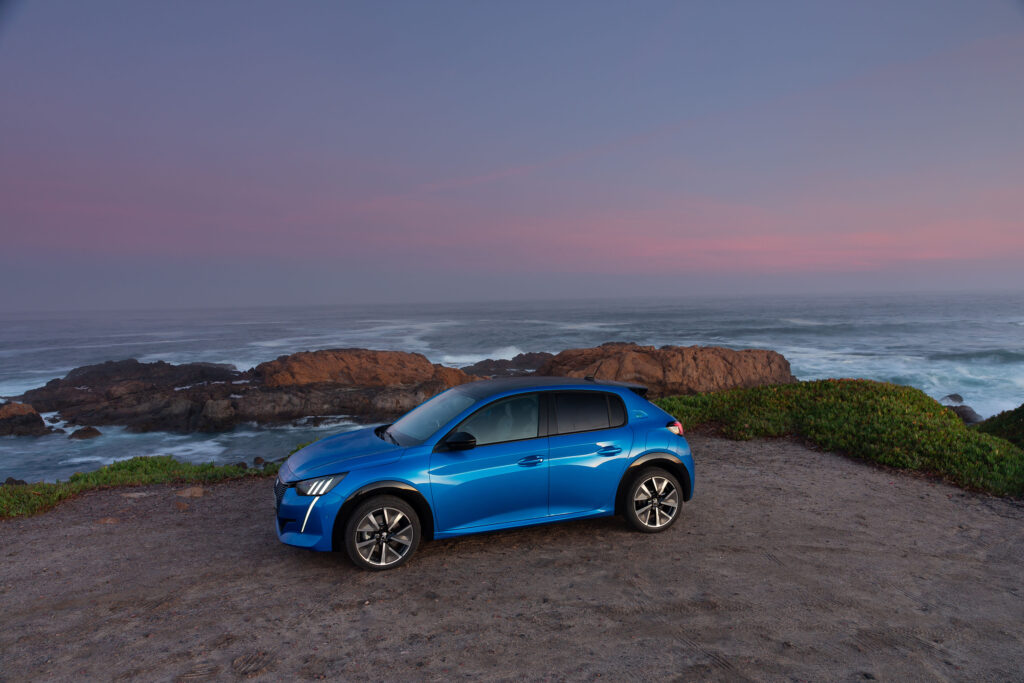
The 208 has long been a fun-to-drive city hatch, but it’ll soon add EV propulsion to its repertoire. The e-208 is based on the next generation of the French five-door and is due in Australia in the second half. Pricing will be critical for a hatch set to line up against the Cupra Born.
Peugeot e-2008
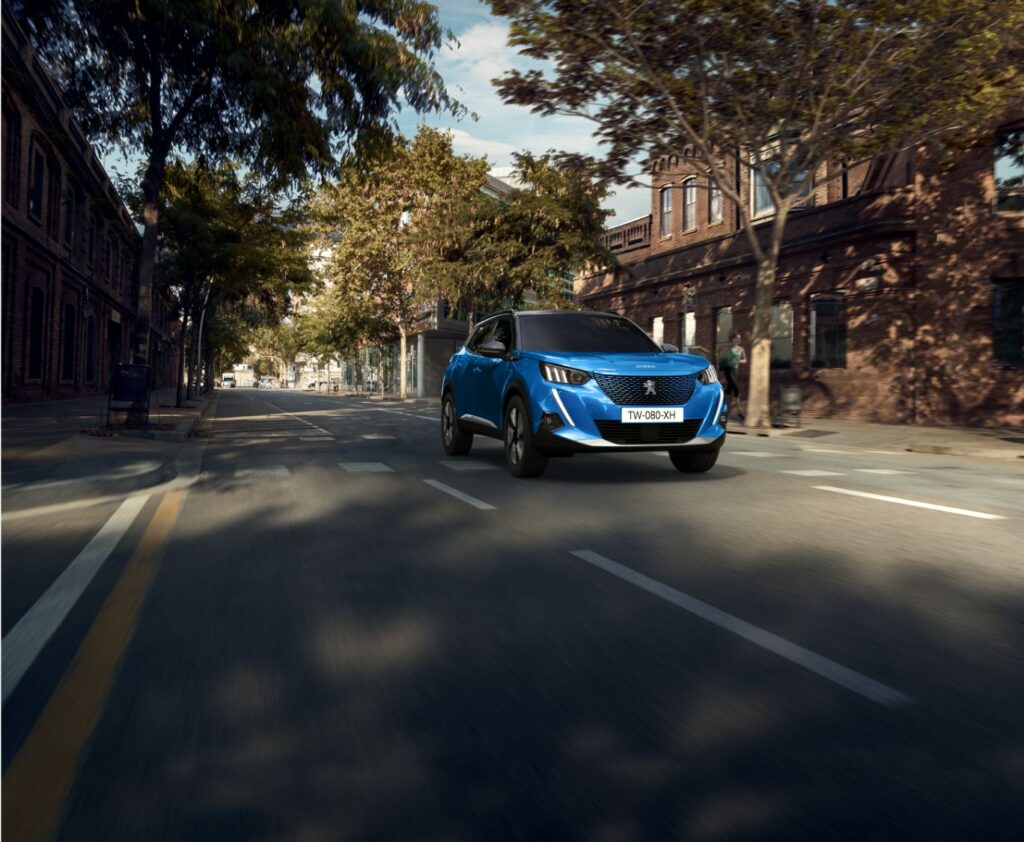
As with the e-208, the e-2008 is yet to be officially confirmed for Australia, but it’s a done deal. Also utilising the eCMP (Common Modular Platform) of its hatchback sibling – and the regular 2008 – the e-2008 trades EV range for interior space. That said, this is a compact SUV, albeit one with plenty of design pizazz.
Peugeot EV van
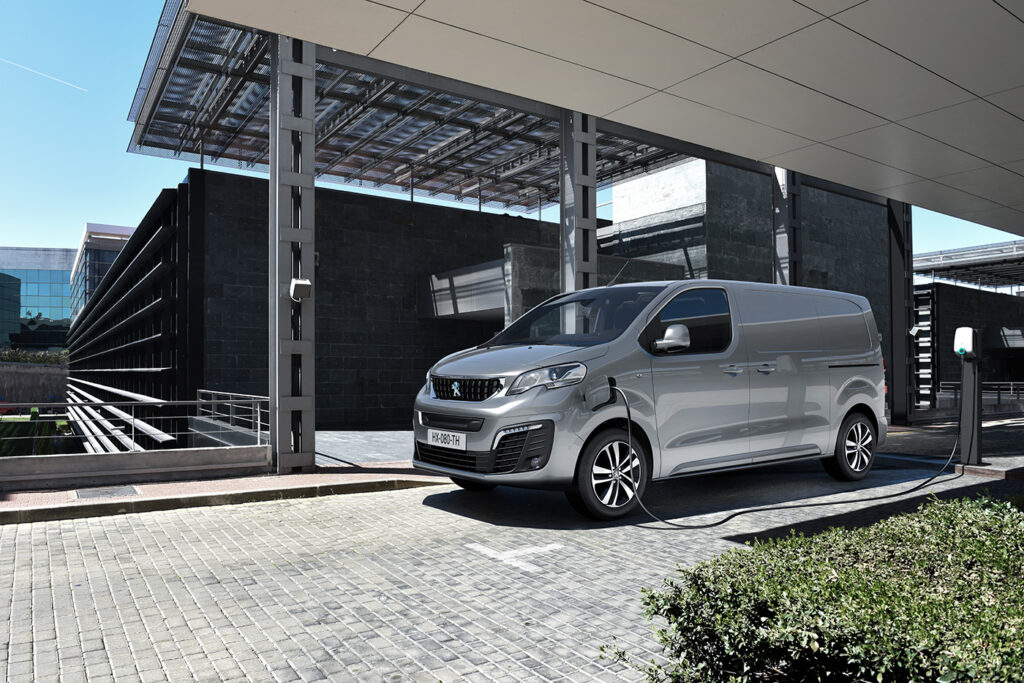
Peugeot Australia also hasn’t confirmed which of its EV vans (e-Partner, e-Expert or e-Boxer, each ascending in size) will come to Australia, other than suggesting at least one is headed our way. If we’re guessing (it really is a guess) we’d nominate the Expert, purely because it sits in the middle of the trio. That said, the Partner could also make sense given the florists/baristas/dog washers that sometimes opt for a small commercial van.
Polestar 3
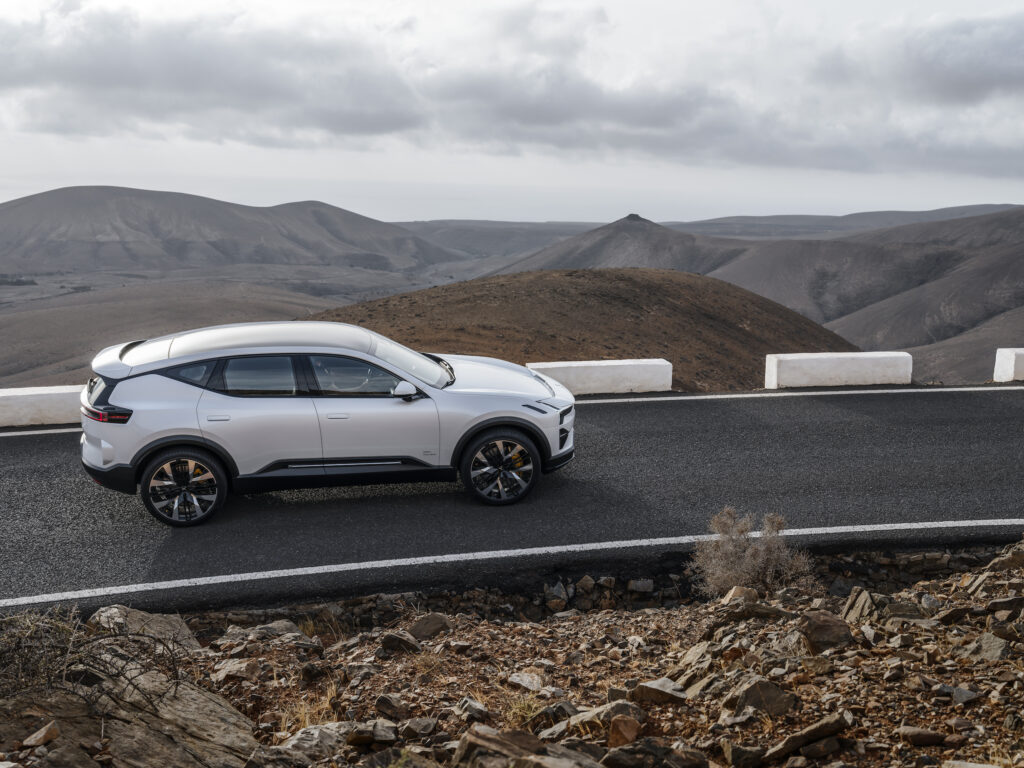
The spin-off brand from Volvo made a decent impact in its first year on sale. But the Polestar EV footprint is set to grow with more 2s headed our way in 2023 and the imminent arrival of the 3. The Polestar 3 is a much larger vehicle – it shares its underpinnings with the upcoming Volvo EX90 large SUV, the replacement for the XC90 – and looks set to step up the luxury. It’s also the first Polestar to be built on a dedicated EV architecture, bringing all the benefits that come with optimally locating key components. A 107kWh battery pack provides upwards of 600km of WLTP range. The minimalist interior looks clean and appropriately laced with tech, but seating is limited to five. Expect pricing to kick off close to $135,000 when the 3 arrives, either in the back end of 2023 or early 2024.
Renault Megane e-Tech
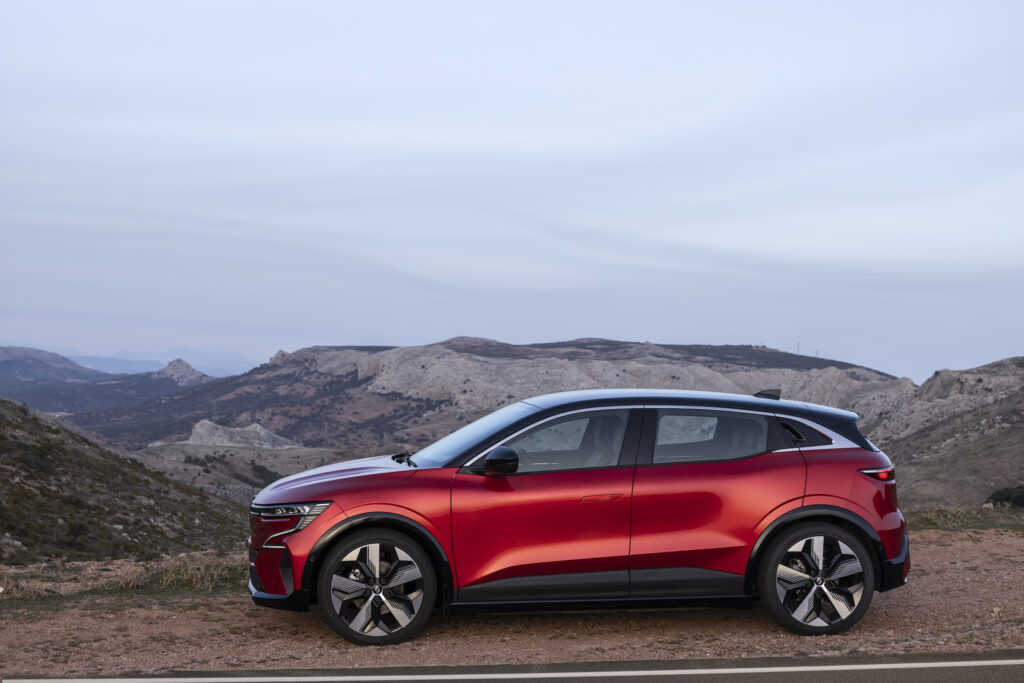
The electric SUV take on the Megane hatchback arrives with style on its side. Riding on the CMF-EV architecture that was developed in conjunction with alliance partners Nissan and Mitsubishi (it’s also used under the Nissan Ariya), the Megane e-Tech has a single electric motor driving the front wheels. That layout was chosen to maximise interior space and weight. By compact SUV standards there’s thoroughly respectable back seat and luggage space. No word yet on pricing or an arrival time, but expect to see it on our roads by the end of the year.
Subaru Solterra
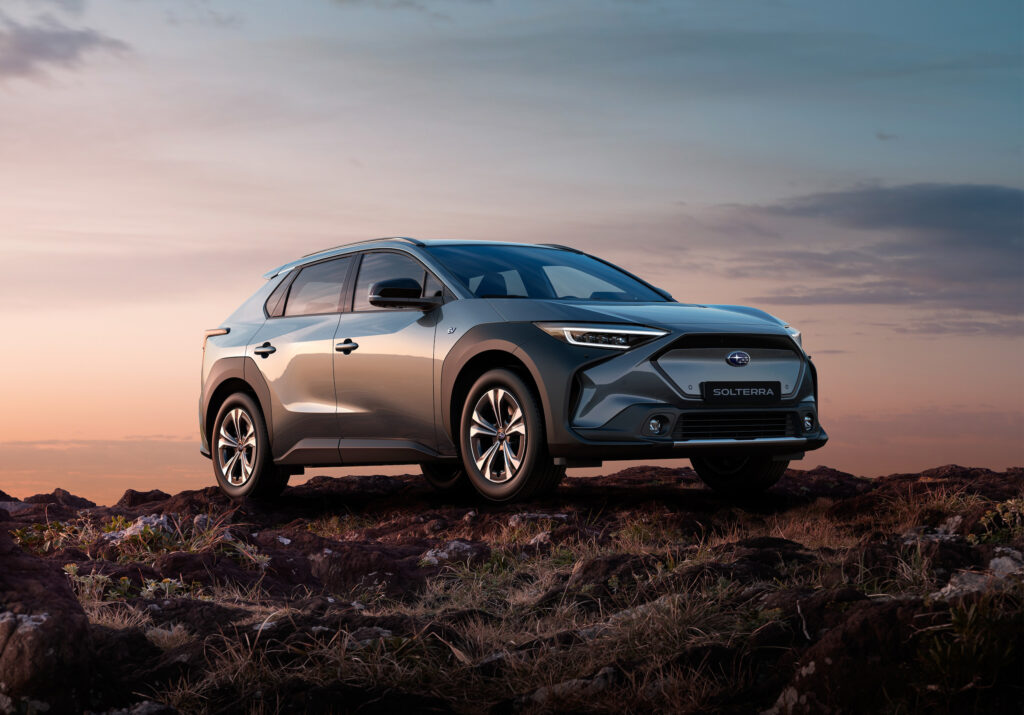
The Solterra is Subaru’s first EV, although it’s arguably more Toyota than Subaru. The mid-sized five-seat SUV is a clone of the Toyota bZ4X. While Toyota will likely offer front-drive models in Australia, Subaru has committed to only dual-motor all-wheel drive models locally. Not many details yet, but it appears the Solterra will arrive in the second half of the year.
Tesla Model Y Performance

The Tesla Model Y is now the top selling SUV in the country, a feat that has been achieved with the single Rear-Wheel Drive model. As with the Model 3 it shares its underpinnings with, the Model Y is also available elsewhere as a Long Range and Performance, each adding an electric motor to the front axle for all-wheel drive capability. Orders opened for the Model Y Performance in mid-2022 and customer deliveries should start in the first quarter of 2023. As well as bigger wheels and brakes, lowered suspension and alloy pedals, the main appeal with the Model Y Performance is the sharper acceleration. The 0-100km/h dash is claimed to take just 3.7 seconds. Tesla is also expected to eventually make the Model Y Long Range available in Australia, although we’d be surprised if it arrived any earlier than late 2023.
Toyota bZ4X
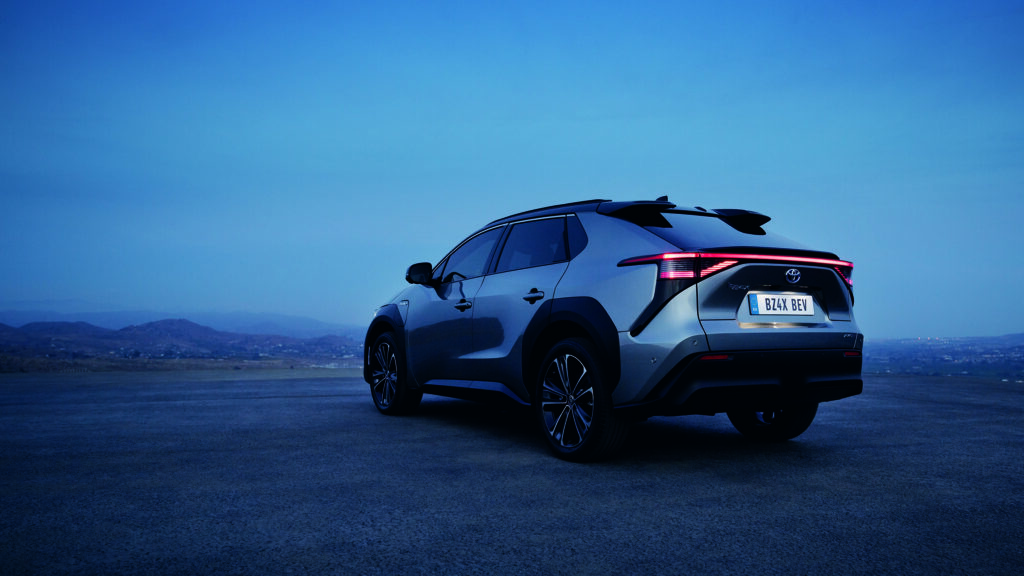
The first of the bZ (beyond zero) EVs – and Toyota’s first battery electric vehicle – finally arrives in the second half of 2023. It’s been a long wait and there are still plenty of questions around the newcomer, but the bZ4X finally gives Toyota some EV firepower in the sweet spot of the growing electric vehicle market. Expect premium pricing and an industry leading battery warranty.
Volkswagen ID.4 and ID.5
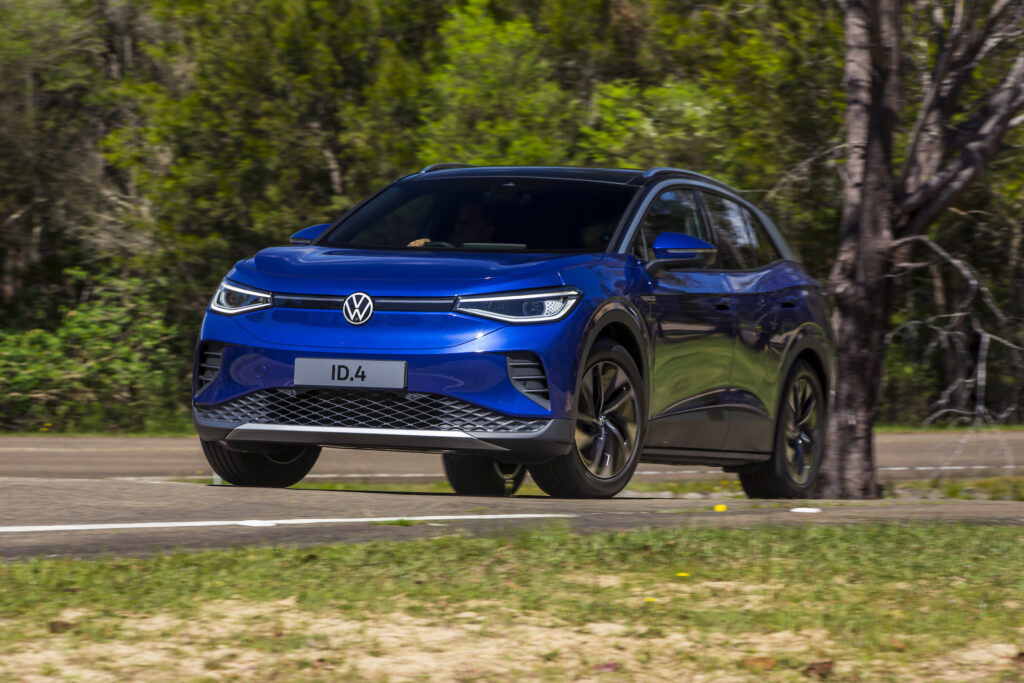
All the EV action for Volkswagen has so far been overseas, but in the second half of 2023 the ID onslaught kicks off. First to arrive is the ID.4 mid-sized SUV and its sleeker-looking ID.5 sibling, each riding on the MEB dedicated EV architecture. Expect a circa-$60K start price for the ID.4 and another $10K-ish for the ID.5. Supply will be tight to start with, but Volkswagen is hoping the ID.4 will soon turn into a major player. For now the ID.4 has a single motor driving the rear wheels.
Volvo EX30
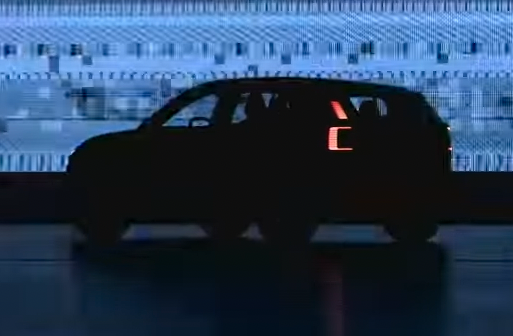
Volvo says it will only sell EVs in Australia from 2026 and the EX30 is an important step towards that (there’s also the Volvo EX90 in the wings, although that won’t get here until 2024). To be fair, Volvo hasn’t named the newcomer yet but the expectation is it will adopt the EX30 name. The compact crossover should undercut the XC40 Pure Electric that has been a surprise sales success for the Swedish brand. Being based on a dedicated EV architecture should also ensure it is a more convincing EV proposition. Expect more details throughout the year (currently Volvo only gave a glimpse of the new model’s silhouette in a video) before its arrival late in 2023.

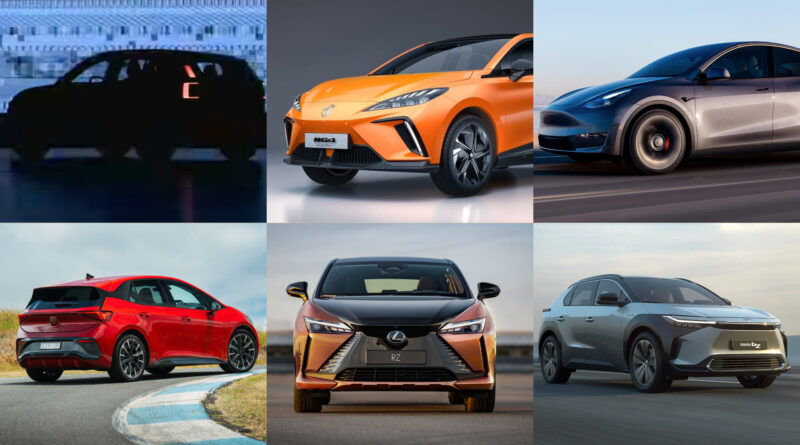

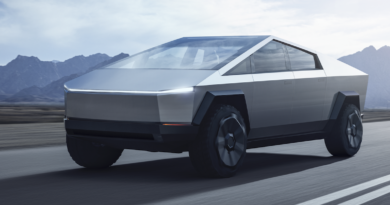

you need to add this to your front page – it still shows new EVs in 2022
Done, thanks for that!